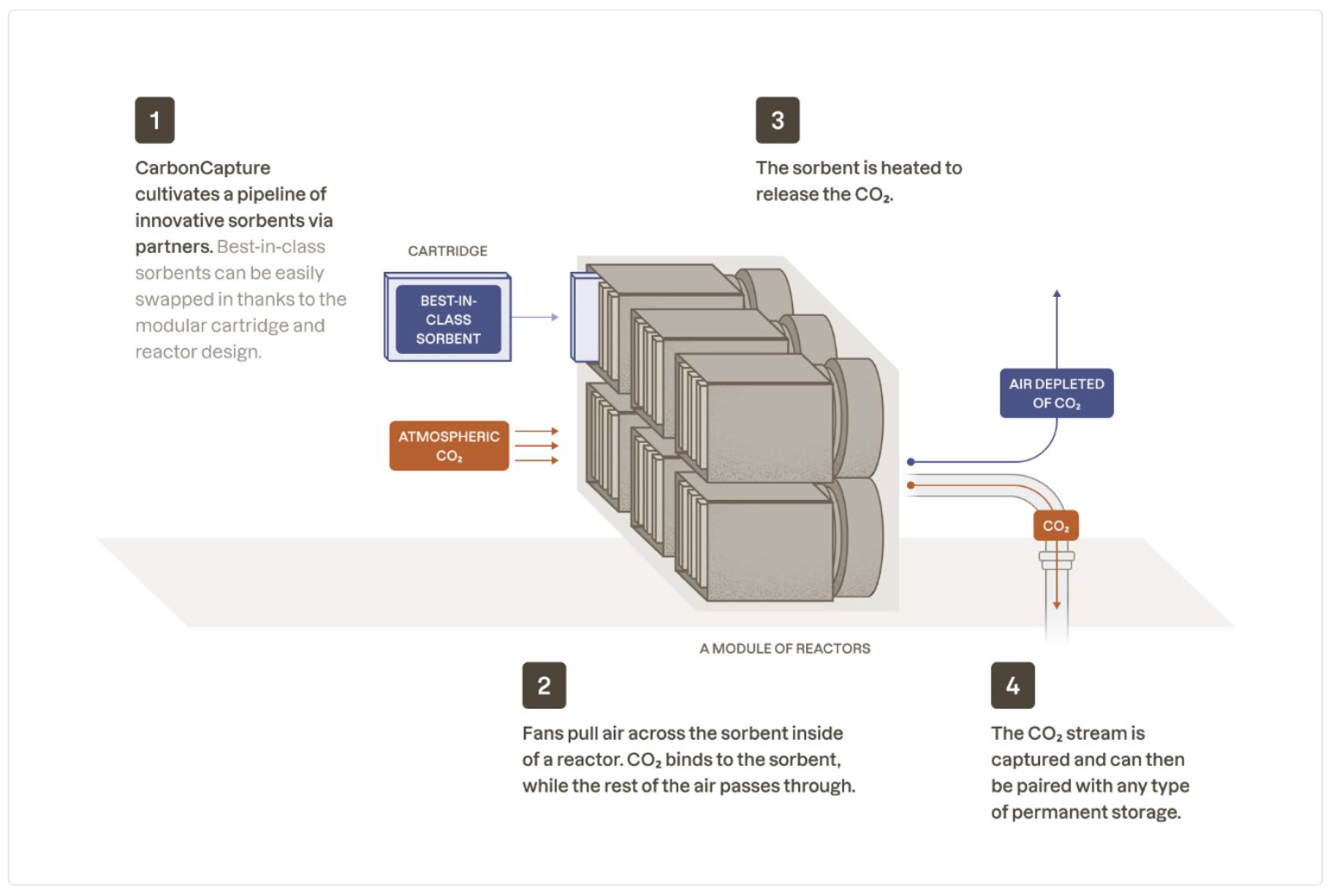Sustainable aviation fuel (SAF) is an alternative fuel made from non-petroleum feedstocks that reduces emissions from air transportation. SAF can be blended at different levels with limits between 10% and 50%, depending on the feedstock and how the fuel is produced. According to the International Civil Aviation Organization (ICAO), over 360,000 commercial flights have used SAF at 46 different airports largely concentrated in the United States and Europe.
Worldwide, aviation accounts for 2% of all carbon dioxide (CO2) emissions and 12% of all CO2 emissions from transportation. ICAO's Carbon Offsetting and Reduction Scheme for International Aviation (CORSIA) caps net CO2 aviation emissions at 2020 levels through 2035. The international aviation industry has set an aspirational goal to reach net zero carbon by 2050. SAF presents the best near-term opportunity to meet these goals. The Sustainable Aviation Fuel Grand Challenge, announced in 2021, brings together multiple federal agencies for the purpose of expanding domestic consumption to 3 billion gallons in 2030 and 35 billion gallons in 2050 while achieving at least a 50% reduction in lifecycle greenhouse gas emissions.

Renewable hydrocarbon biofuels offer many benefits, including:
More flexibility—SAF is a replacement for conventional jet fuel, allowing for multiple products from various feedstocks and production technologies.
Carbon Teller is partnering with GSE Energies to work on bringing this technology to the wider market.
Direct air capture (DAC) technologies extract CO2 directly from the atmosphere, for CO2 storage or utilisation. Twenty-seven DAC plants have been commissioned to date worldwide, capturing almost 0.01 Mt CO2/year. Plans for at least large-scale (> 1000 tonnes CO2 pear year) 130 DAC facilities are now at various stages of development.1 If all were to advance (even those only at the concept stage), DAC deployment would nearly reach the level required in 2030 under the Net Zero Emissions by 2050 (NZE) Scenario, or around 65 MtCO2/year. Lead times for DAC plants range from two to six years, suggesting that deployment in line with the NZE Scenario could be achieved with adequate policy support. However, most of the facilities announced to date are at very early stages of development, and cannot be expected to reachfinal investment decision (FID) and operational status without continued development of market mechanisms and policies to create demand for the CO2 removal service they would provide.

CarbonCapture uses a temperature-vacuum swing adsorption (TVSA) direct air capture process. In capture mode, a fan blows air over an amine-based sorbent. After CO2 has adsorbed on the surface of the sorbent, a shutter closes at the front of the reactor and a vacuum is applied to remove residual air. Steam is then added to heat the sorbent to ~100 C, thereby releasing the CO2. The resulting CO2 stream is then ready for compression, transport, and storage.
CarbonCapture has built a modular and upgradeable capture system that allows them to swap in best-in- class sorbents as they become available. In parallel, they’re actively cultivating a pipeline of new sorbents through external partners.
Enhanced rock weathering is a strategy to help address climate change by taking carbon out of the air and storing it in rocks. Enhanced rock weathering builds on a natural part of our climate system. As rocks are worn away by rain (or “weathered”), they release elements like calcium and magnesium. Meanwhile, CO2 in the air goes through other natural reactions to become carbonic acid (found in rain) or bicarbonate (found in the ocean). When these different compounds meet, they join to form new rocks like calcium carbonate, better known as limestone.
In this way, rocks help draw CO2 out of the atmosphere. Natural rock weathering takes place over many millions of years: far too slow to help against today’s human-caused climate change. But beginning in the 1990s, scientists concerned about the buildup of CO2 in our atmosphere started to suggest ways to speed rock weathering up. This “enhanced” weathering would aim to take hundreds of millions or billions of tons of carbon out of the air every year.
The simplest method is to grind the rocks up, making a fine gravel or dust that reacts more easily with the air or water. Olivine, for instance, is a very common rock below the Earth’s crust, but a rare one on the surface because it weathers so quickly. In theory, olivine dust spread on beaches or in the ocean would break down in a matter of years, locking up carbon as it dissolves.
Basalt is another candidate for this kind of enhanced weathering. In some experiments, farmland treated with ground basalt not only captured carbon, but also grew more crops as the basalt helped the soil hold onto needed nutrients. Other ideas for enhanced weathering try to speed up the chemical reactions involved. This might be done by adding chemical catalysts, or living things like bacteria or lichens— anything that eases the path for carbon to bind with elements in the rock.
